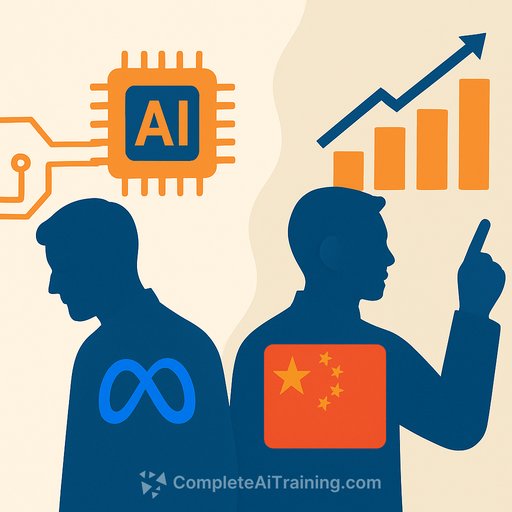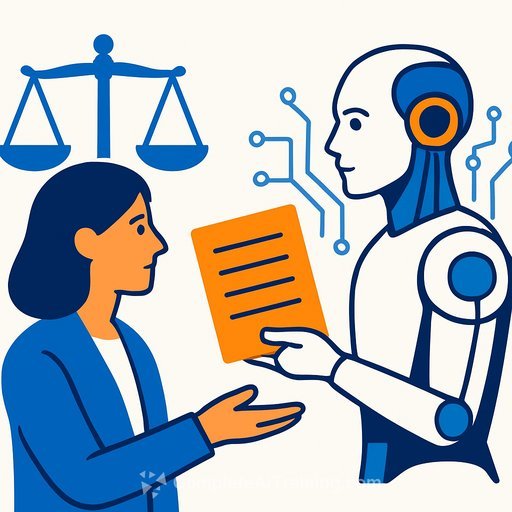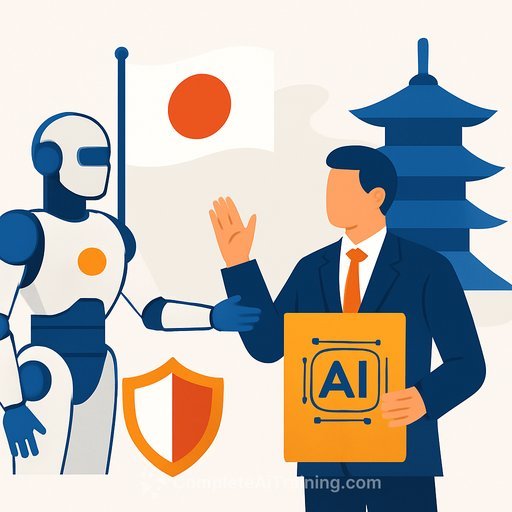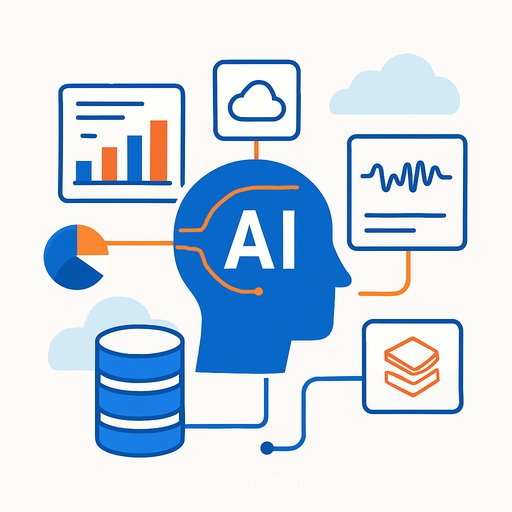Meta changes approach on open-source AI as China accelerates development
Facebook’s parent company, Meta Platforms, is pulling back on its open-source AI ambitions while Chinese firms continue to push ahead with rapid advancements. This shift highlights contrasting strategies between two major players in AI development.
Meta adopts a cautious stance on AI openness
Mark Zuckerberg recently announced that Meta will be more selective about which AI projects it releases as open source. He emphasized the need to carefully manage AI safety risks before sharing models publicly. This marks a shift from his stance a year ago, when he advocated strongly for open-source AI as the best path forward.
Meta’s Llama series was once among the most advanced open-source models globally. However, concerns about misuse and the growing complexity of AI have prompted the company to focus on developing “personal superintelligence” — AI designed to empower individuals rather than broad open releases. Meta is now investing in a specialized team of AI scientists to lead this effort.
China pushes open-source AI aggressively
Meanwhile, Chinese companies are intensifying their open-source AI initiatives. In just the past week, Alibaba launched Wan 2.2, an open-source video generation model using a Mixture-of-Experts (MoE) architecture that delivers cinematic-quality content. Another player, Zhipu AI, introduced GLM-4.5, which ranks highly on global benchmarks and is considered China’s most advanced open-source MoE model.
Andrew Ng, co-founder of DeepLearning.AI, noted the strength of China’s open-source ecosystem. He pointed out that while the most advanced proprietary models still come from US labs, the top open-source models mostly originate from China. Ng highlighted the fierce competition among Chinese AI firms as a driver of innovation, contrasting it with the more closed and costly environment in the US.
The global AI race heats up
As the industry evolves, OpenAI is expected to release GPT-5, anticipated to be the most powerful model yet. On the open-source front, a recent ranking on Hugging Face showed that eight of the top ten most popular models come from Chinese developers, including startups like Zhipu and Moonshot AI, along with giants such as Tencent and Alibaba.
Jeffrey Ding, assistant professor at George Washington University, critiqued Meta’s timing, suggesting that the company’s shift in policy would have been more impactful when its open-source models led the field, rather than now when they lag behind state-of-the-art models.
For IT professionals and developers, these developments signal a need to stay informed about how AI openness and safety concerns are shaping future tools. Understanding how different regions approach AI development can help anticipate where the most accessible and advanced models will emerge.
To keep up with the latest AI courses and tools that reflect these industry trends, explore Complete AI Training’s latest AI courses.
Your membership also unlocks:





